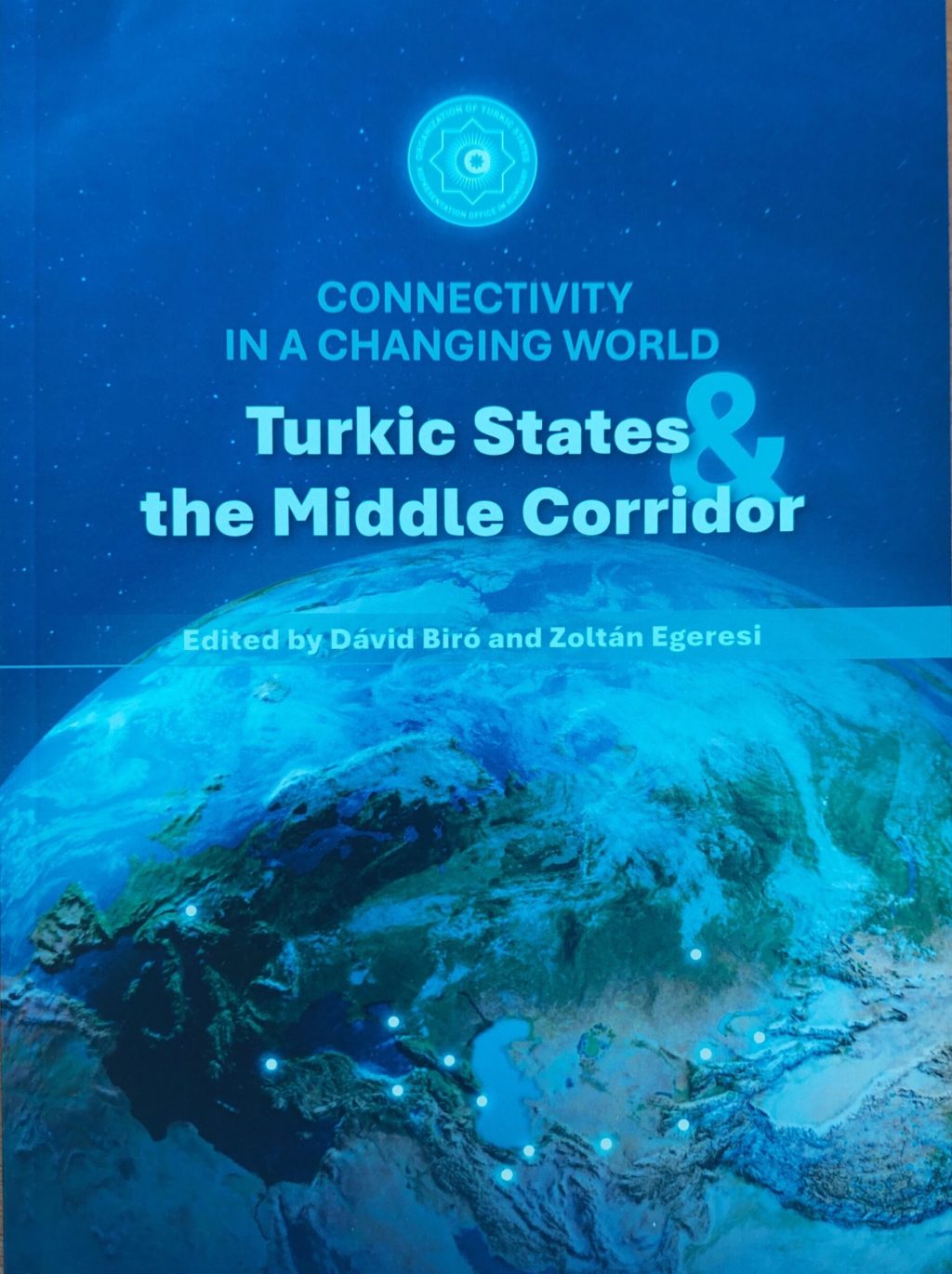Economic cooperation and trade development among Turkic States: opportunities and barriers.
Author: Tamás Szigetvári
In: Biró Dávid, Egeresi Zoltán (eds.): Connectivity in a changing world: Turkic States and the middle corridor. Budapest: Türk Államok Szervezete Magyarországi Képviseleti Iroda, 2025. pp. 79-100.
Abstract
The strategic position and importance of the Central Asian region have increased significantly in the recent period. The economic rise and success of the countries of the Far East, but especially China, has increased the strategic and economic value of the neighboring areas. Especially those that are rich in raw materials and mineral resources. Most of the Central Asian countries are also in a good position in this regard, as they are extremely rich in crude oil and natural gas, but also in metals and other mineral resources.
However, a big question is how these countries are connected to the changing economic world order. Are they able to improve their position by strengthening cooperation with each other, and exploit new opportunities under more favorable conditions, asserting their own interests better.
The organization of Turkic countries, as an important instrument to achieve these goals, was established in Nakhchivan (Azerbaijan) on 3 October 2009 as the Cooperation Council of the Turkic Speaking States (Turkic Council). The original Agreement was signed by Azerbaijan, Kazakhstan, Kyrgyzstan, and Türkiye, while Uzbekistan joined the Organisation in 2019. Hungary (2018), Turkmenistan 2021) and Turkish Republic of Northern Cyprus (2022) (recognized only by ürkiye as a state) have an observer statusin the Organisation of Turkic States (OTS).
In the first part of our study, we review the economic structure and potential of the Turkic States based on UN data, what their current foreign trade structure is like, and who their main trade partners are. After that, we will examine the possibilities of closer economic relations with each other, as well as the limitations.




